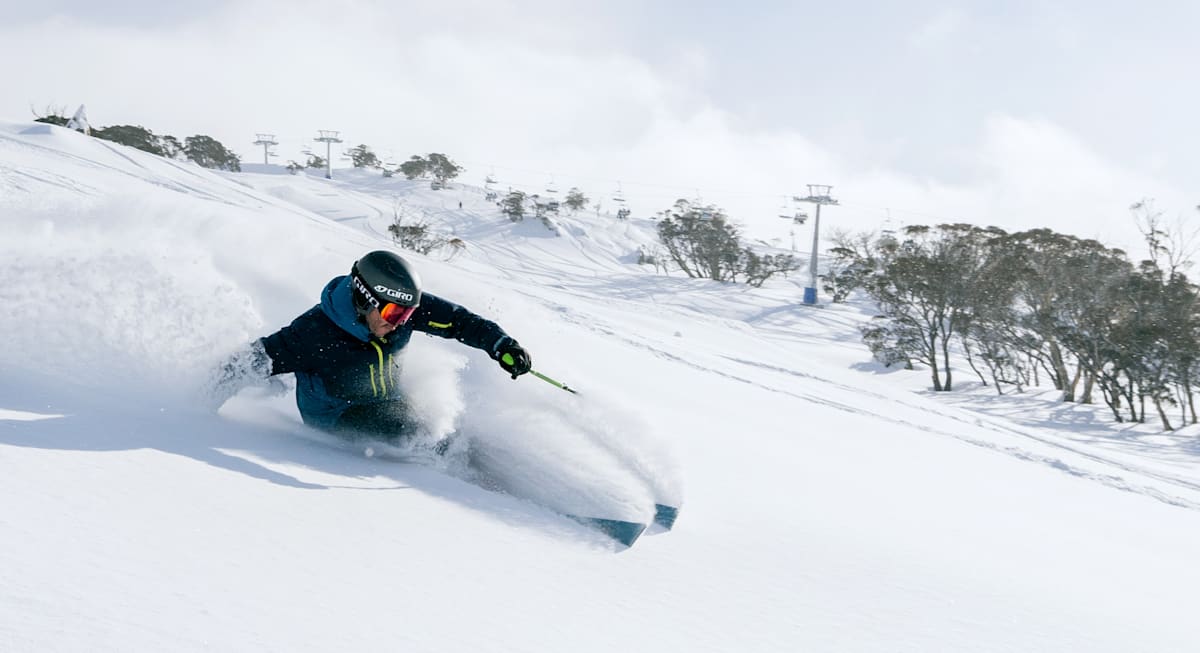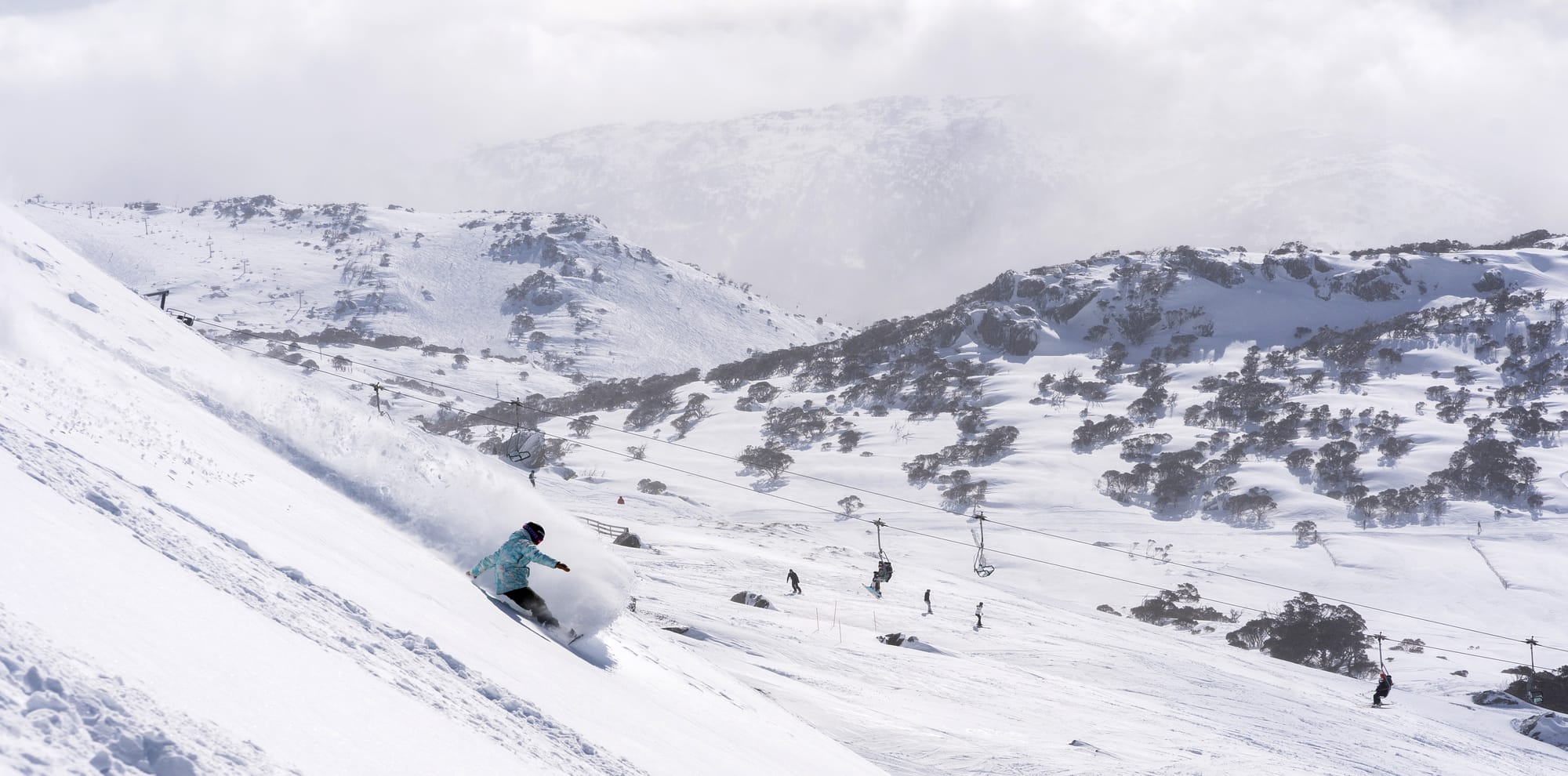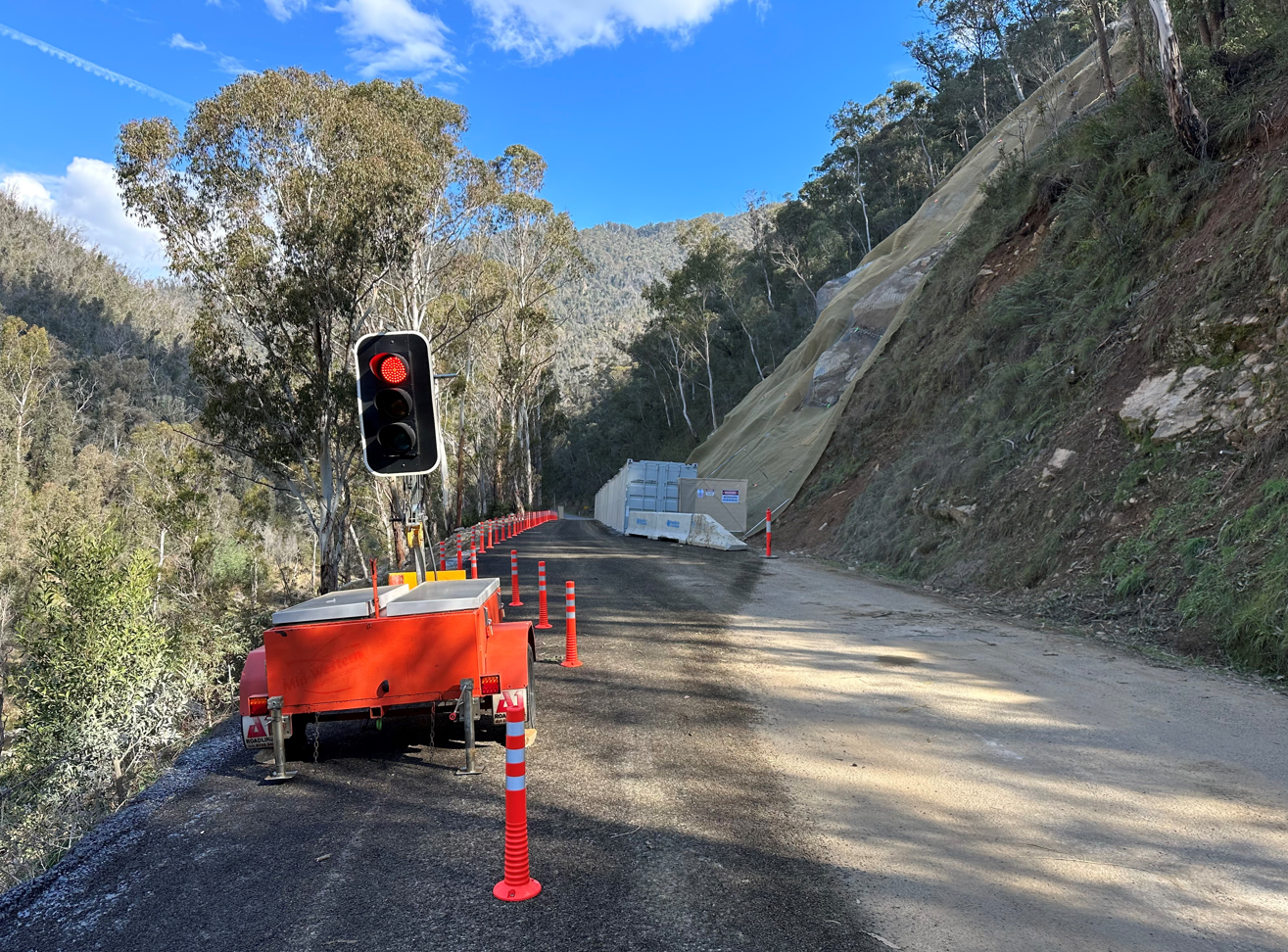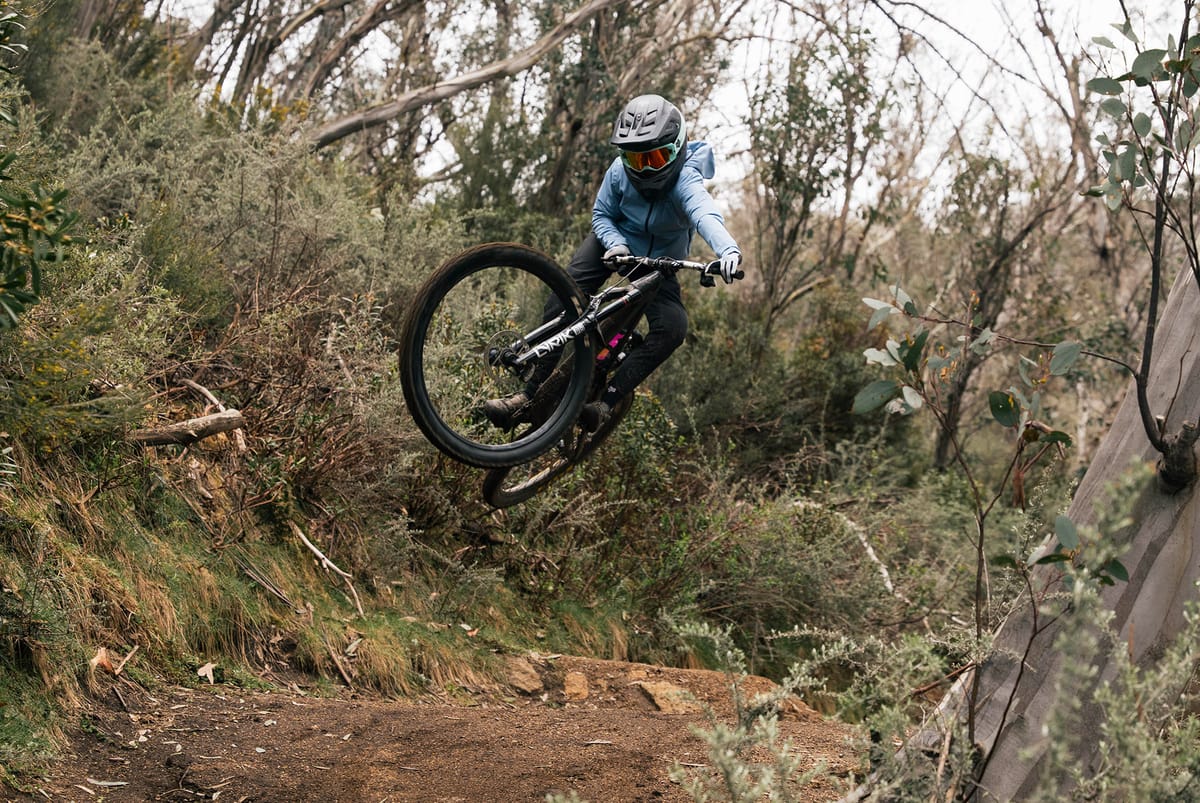AS visitors to Perisher Resort, we often take for granted that when we arrive for our day of adventure that everything is accommodated for. Do we ever consider that behind the scenes there is a ‘mountain’ of work to make the resort operational.
Snowy Mountains Magazine spoke with Andrew Kennedy, Perisher’s mountain manager, to gauge an insight as to the extent of daily preparation. Andrew has over 35 years’ experience at Perisher, the last 17 years as mountain manager.
While skiers are having breakfast at their lodge, the mountain crew are well into their daily routine. The first lift maintenance team start on the Village Eight at 5.30am with the rest of the lift maintenance staff all at work by 6am. This follows on from the night shift of groomers pushing snow and grooming runs, to snowmakers topping up the snow if weather permits.
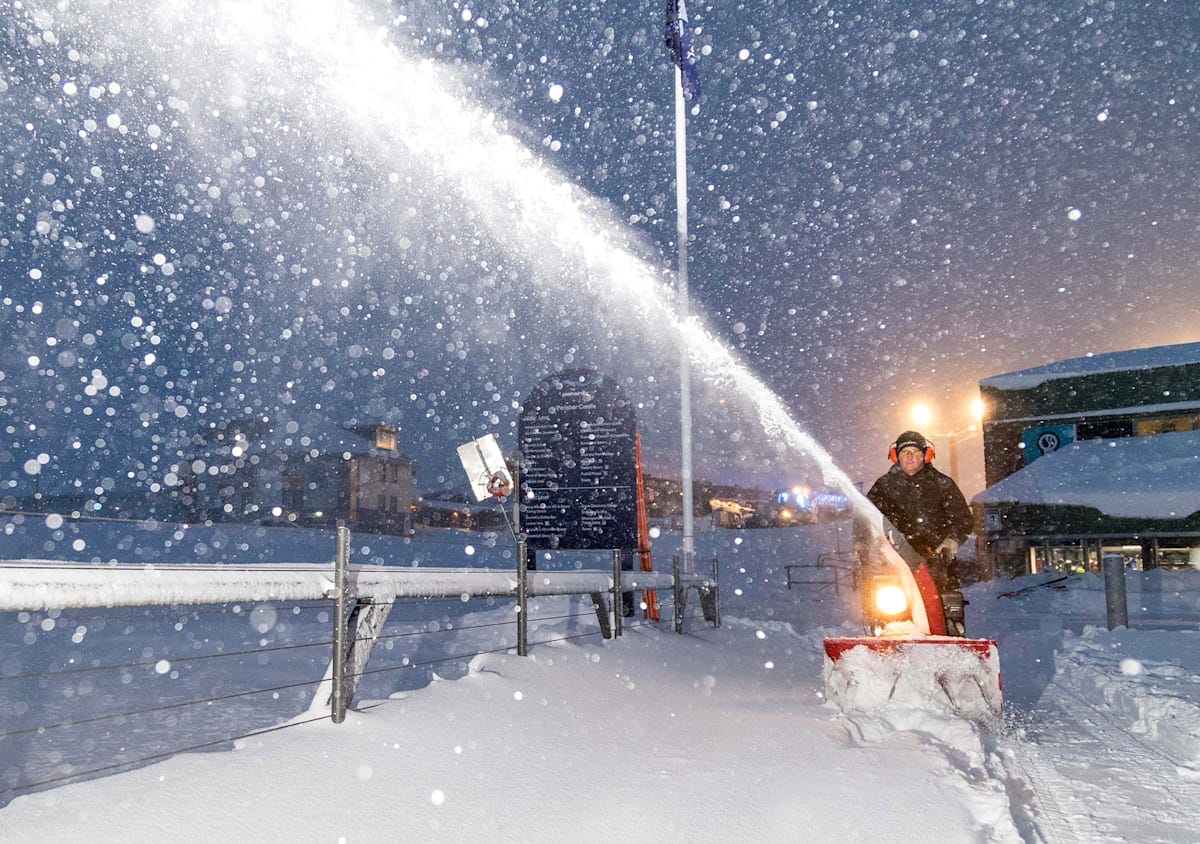
Andrew said his first morning tasks are to check the weather report and assess the day ahead and what could affect operations. “I talk to the snowmaking and grooming manager, as their teams have been working since four o’clock the previous day,” said Andrew.
Every morning Andrew embarks on a snowmobile ride around the entire resort checking on anything that may affect the days’ operations. At each of the four resort areas the lift maintenance crew and area managers/supervisors have also started work at 6am and immediately start preparing for the day.
“I'll speak to the four area managers and discuss with them what might be happening in their area. What grooming might be running late, if there's any grooming winch cats operating on the hill.”
Senior staff have decades of combined knowledge, and all are aware of what they can expect once the weather is assessed. Favourable weather is ideal for less preparation, but we are in the mountains and alpine weather rarely considers people’s work duties.
“Generally they get a good idea as soon as they pull up in the car park as to whether it's going to be ice on the towers, and that will determine what their opening schedule will be for the day. The higher lifts on Mt Perisher and Blue Cow being the most affected,” said Andrew as we discussed morning routines.
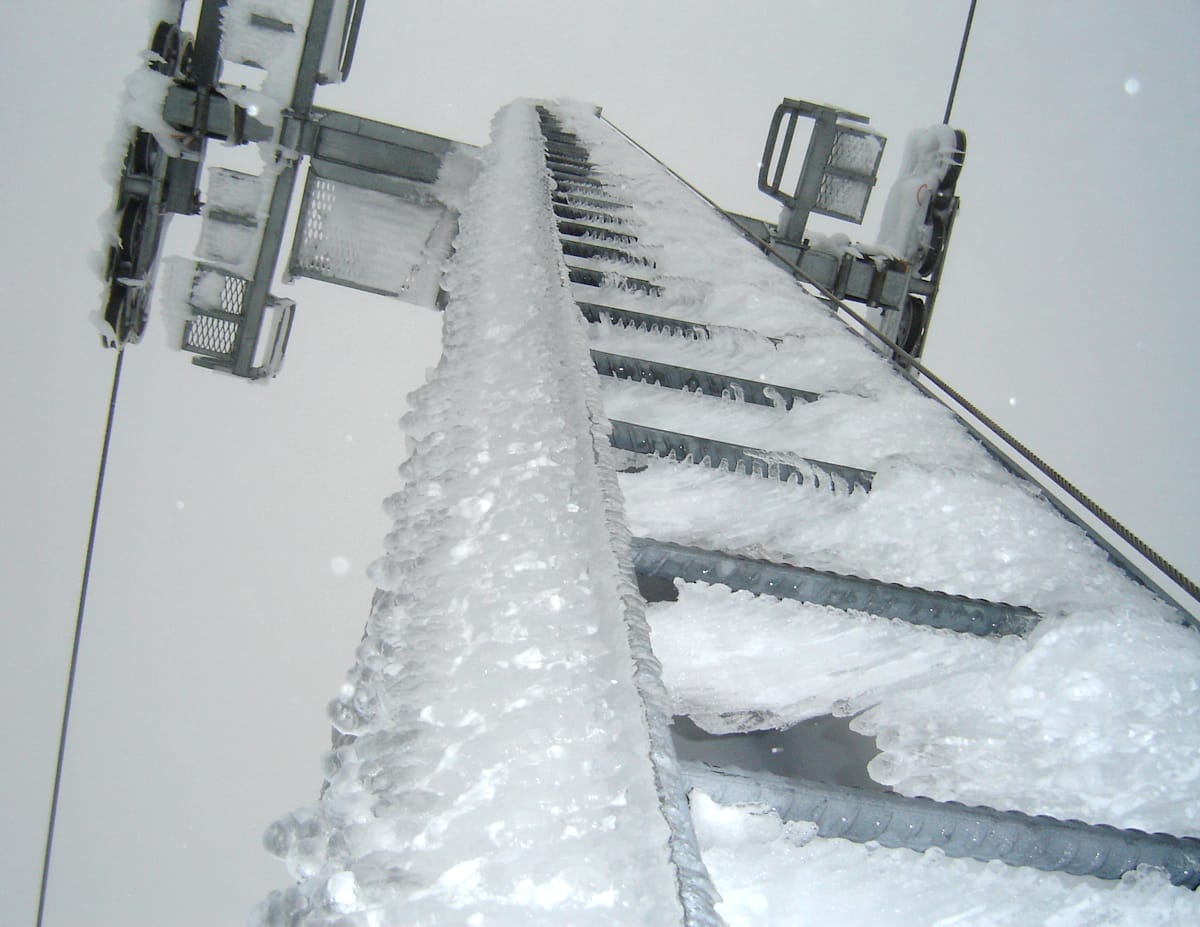
There are over 300 lift towers across Perisher Resort, each containing a number of sheaves (rubber lined wheels) that the haul rope runs along. Every morning they all have a visual inspection.
Commenting on weather scenarios, Andrew said the weather they are mainly concerned about is misty rain just on the freezing point. This often sets as clear ice which is harder and more time consuming to remove. Fog and just being in the cloud create moisture also.
“When they talk about East Coast lows, we usually dread that because moisture comes in from the coast, that's where the ice builds up a lot on our towers. Whenever we have ice, each of the towers that have ice on them have to be climbed, and each sheave has to be de-iced with a de-ice hammer.”
Enquiring about the time frames for each chore, he said one chairlift tower on the upper part of the mountain would take around 15 minutes. “First de-ice the ladder as you climb it, and then de-ice all the sheaves so that they'll spin when the haul rope runs over them. And then we've also got to do maintenance de-icing, which is knocking any excess ice off the tower which might fall down on the guests.”
Working as a team, one maintenance member is based in the drive station, and up to three others will climb a tower each and de-ice, then move progressively downhill to another tower until all the towers have been de-iced and the lift ready to be started. They then position themselves to view the towers as the lift is moved in short moves to check all is functioning correctly. On occasions, a fitter may have to re-climb a tower if the sheave does not turn.
“Some lifts are quite complicated and there's quite a lot of maintenance checks before they can be spun around. The fitters will do all their checks in the drive stations, the evacuation drives, make sure everything's right to go before they even get a chance to press that start button.”
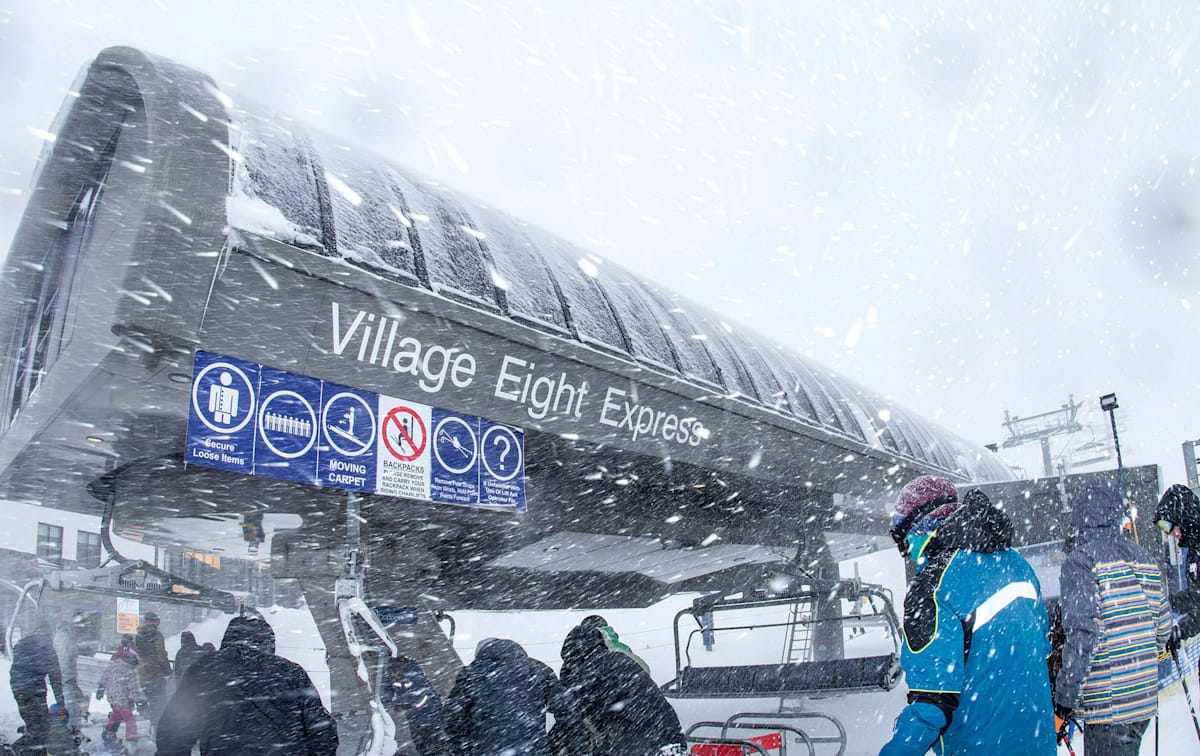
Just like guests, maintenance staff prefer light dry snow, as usually this means they don’t have to climb the towers, the snow light enough to be moved once the lift starts.
“We're planning days in advance usually watching the weather, watching what might be coming, what the temperature is going to be, and pre-empting what the scenario is going to be for each day.”
Where extensive work is required to open the lifts, the resort will open segments to guests as soon as it’s safe to do so to allow guests to start skiing whilst they continue preparing other lifts. The popular Mt Perisher is generally opened as one segment, Andrew stating, “for areas like Mount Perisher you nearly have to have the whole lot cleared of ice before you open, as you have snow mobiles driving around, ice falling off towers while we’re de-icing, you can’t have guests skiing underneath while we're carrying out those activities.”
Other major weather factors are wind and lightning. Guests are aware of wind hold as it limits lift operation. Many factors are considered on windy days, a key point being wind direction. Strong side winds generally will close lifts, while stronger winds can be tolerated if the direction is directly down the chair line. Lightning is rare each season, but safety is paramount and lifts close in these instances with consideration to ensure guests are not stranded when lifts shut.
“We've got 12 different weather stations on different parts of the hill. The wind generally comes in from the westerly side, which affects Blue Cow first. We pre-empt what may be going to happen where our guests are, where we need to start closing lifts down to move guests to safety, trying to not have them trapped in a spot where the chair might close.
“We are just as disappointed as our guests when inclement weather delays or prevents us from opening lifts but safety of both staff and guest will always be the priority. The majority of our regular guests understand when we have to shut the lifts due to strong winds or lightning and appreciate our efforts to reopen them as soon as it’s safe to do so.”
Logistics are ongoing through the day. If heavy snow or bad weather arrives during the day, plans are in place to start shutting outer lifts for people to migrate back to main areas. The mountain crew consider impacts for accumulation of people at lifts, the Skitube at Blue Cow if this area goes on hold and even the snow on the roads. These are all factors in a day’s work.
The Mountain Office is always the key for communications with information continually relayed back to the office. At any given time, they are aware of all situations including lifts ready to open, weather delays. In turn this is forwarded to the marketing department and onto guests via the website and Perisher APP.
